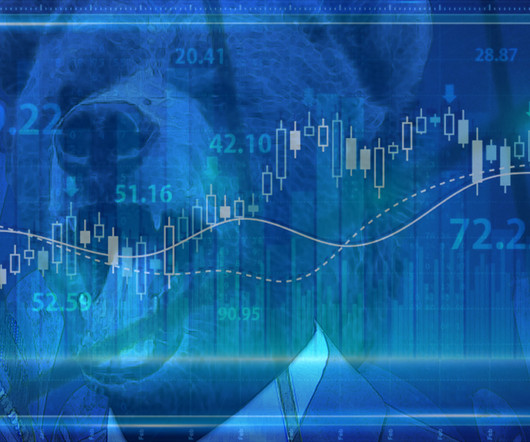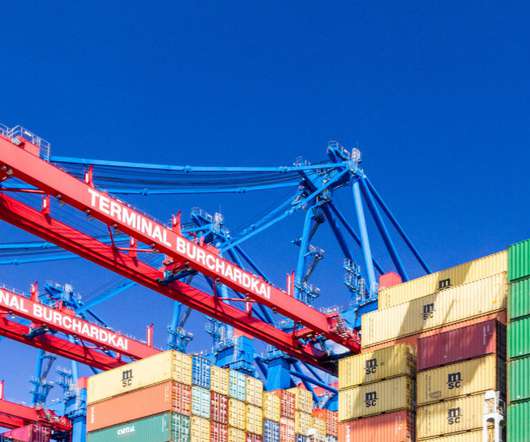Surviving an Economic Downturn in the Retail Sector
Enterra Insights
APRIL 13, 2023
”[5] They add, “Whereas retailers once purchased merchandise largely based on the gut instinct of trend-savvy buyers and the push of whatever manufacturers tried to sell them, nowadays, they need to take a much more customer-focused and data-centered approach. ” • Finding ways to limit the handling of merchandise.


















Let's personalize your content